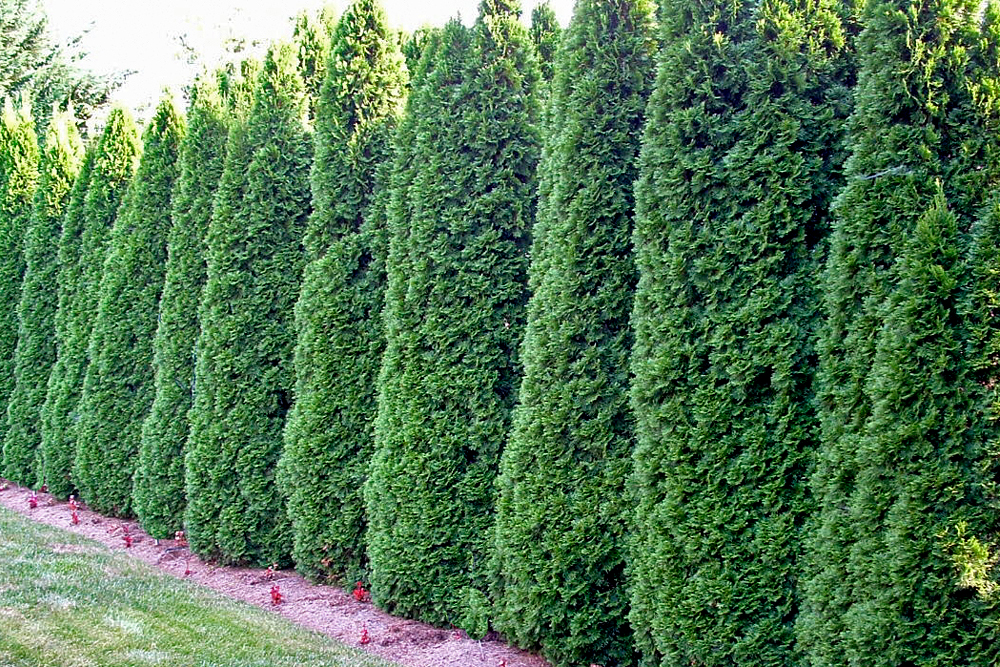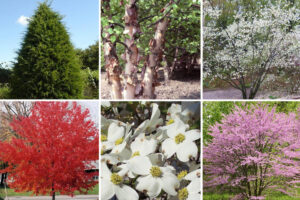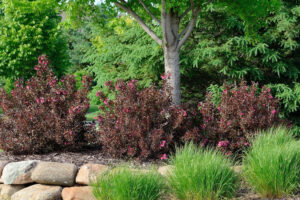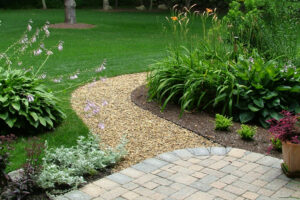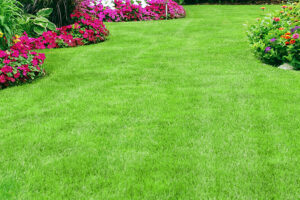In landscaping, evergreen trees are the steadfast sentinels that offer year-round color and function as natural protectors and enhancers of your property. These versatile trees can be used for many purposes, from creating a living privacy screen to serving as an ornamental focal point in your garden. With species ranging from the majestic Colorado Blue Spruce to the stately Nellie Stevens Holly, evergreens are a diverse group that can cater to various landscaping needs.
The Functional Beauty of Evergreens
Evergreen trees are known for retaining their foliage throughout the year, making them ideal for adding permanent structure and color to their landscape. While they are often employed for practical purposes like screening and windbreaks, they also possess an intrinsic beauty that can elevate the aesthetics of any garden.
Accenting with Evergreens
Trees like the Colorado Blue Spruce and the Japanese Black Pine are frequently used as accents or specimens due to their unique forms and striking presence. The Colorado Blue Spruce, with its silvery-blue needles, can create a stunning visual contrast against the backdrop of a green lawn. At the same time, the Japanese Black Pine’s irregular growth pattern can add an element of architectural interest to your landscape design.
Screening with Evergreens
For those seeking privacy, evergreen trees are a natural solution. Popular screening trees such as the White Pine, Green Giant and Emerald Green Arborvitae, Leyland Cypress, and Nellie Stevens Holly are favorites among homeowners. These trees can be planted in rows with spacing ranging from 6-8 feet to 20 feet apart, depending on the desired density of the screen. When planted at these intervals, evergreens can quickly form a visual barrier that provides year-round seclusion and tranquility.
Windbreaks for Protection
Evergreens are also effective as windbreaks, shielding homes from harsh winds and helping to reduce heating costs in the winter. For this purpose, trees should be planted at a distance that allows them to mature without infringing on the house, generally between 30 and 50 feet away. The proper placement will enable the trees to break the wind effectively without risking damage to the home during storms.
Planting Considerations
When planting evergreen trees, it’s essential to consider their mature size and growth rate. This foresight ensures the trees have enough room to grow to their full potential without overcrowding. Additionally, selecting the suitable species based on your soil conditions will contribute to the overall success of your evergreen landscaping.
Evergreen trees are a smart choice for creating a year-round lush landscape. Whether you’re planting them as ornamental accents, living screens, or protective windbreaks, they offer functionality and natural beauty. With careful planning and consideration of spacing and placement, evergreen trees can provide elegance and privacy to your property, making them a valuable addition to any home garden.

